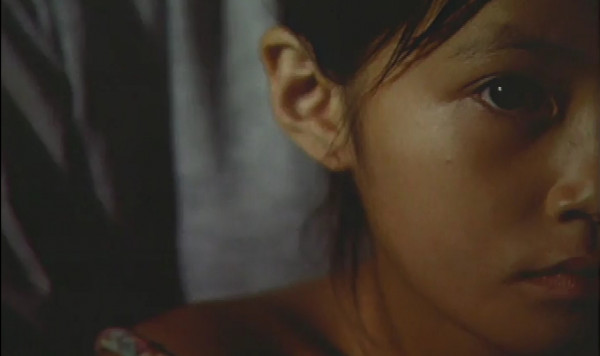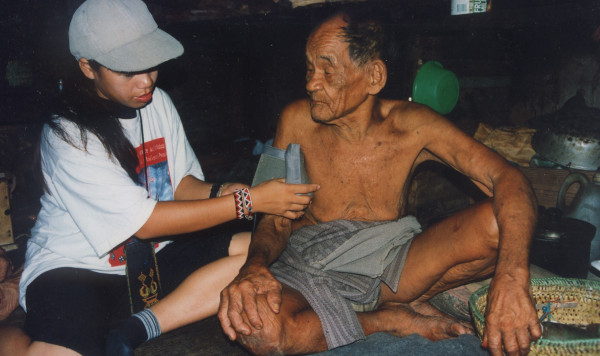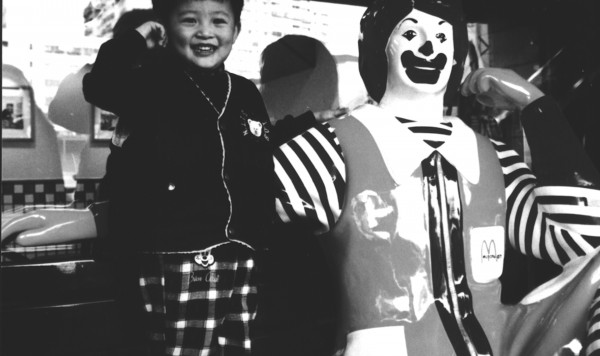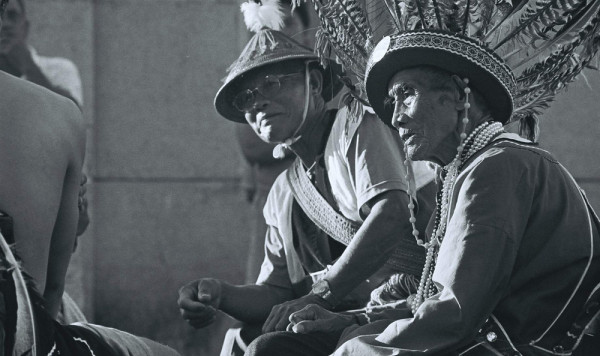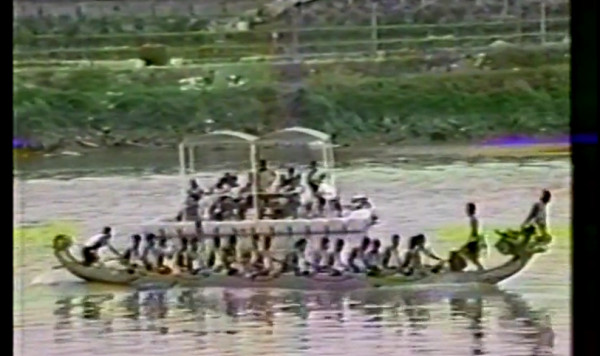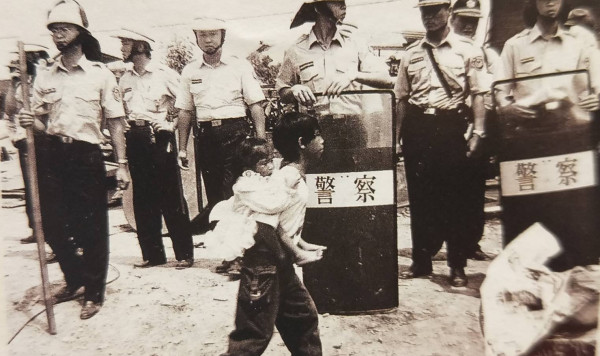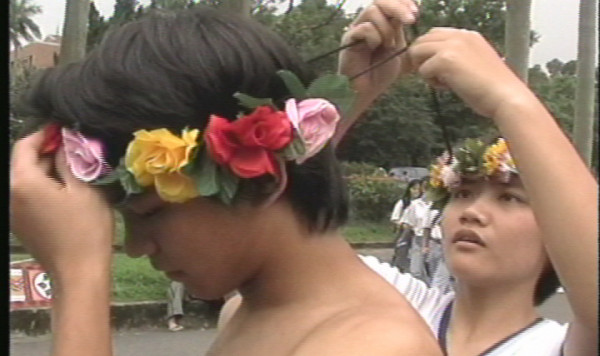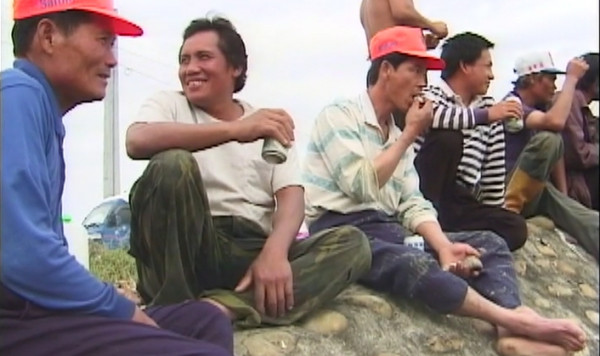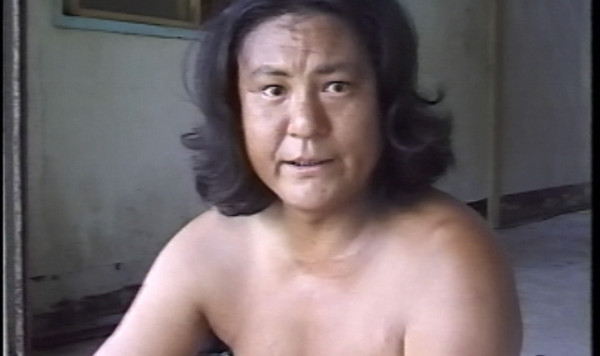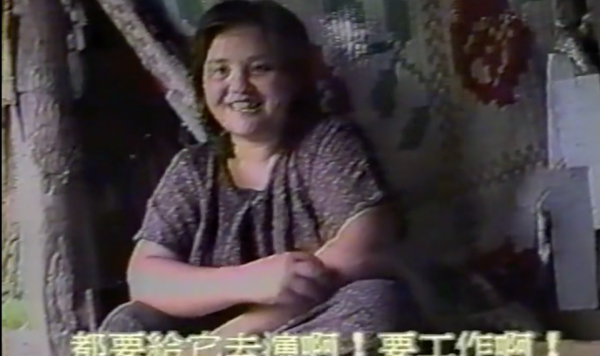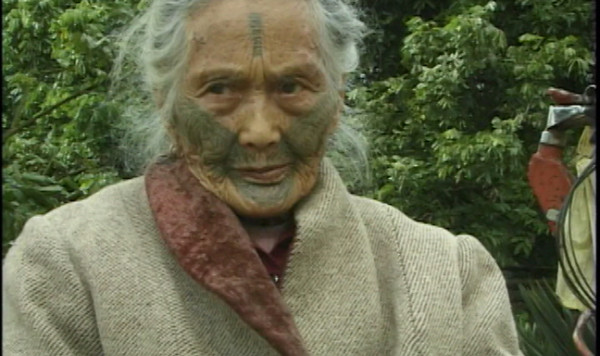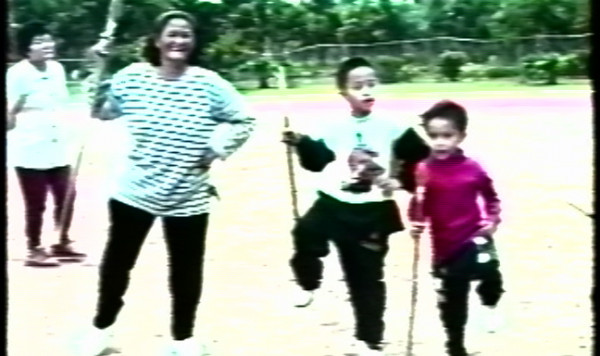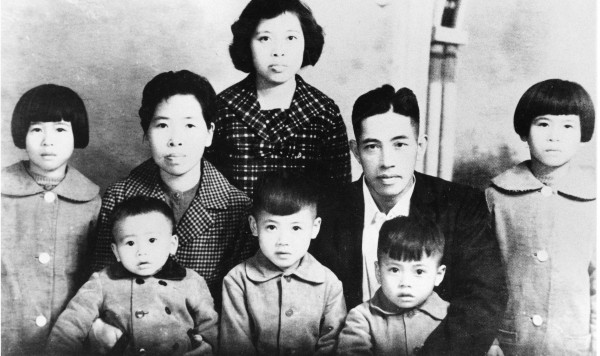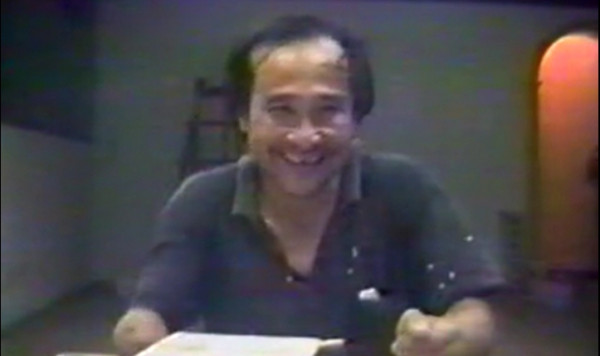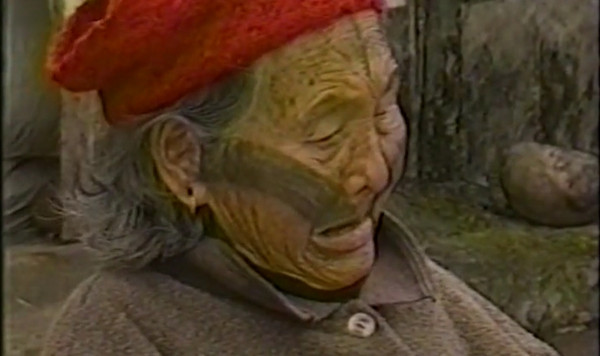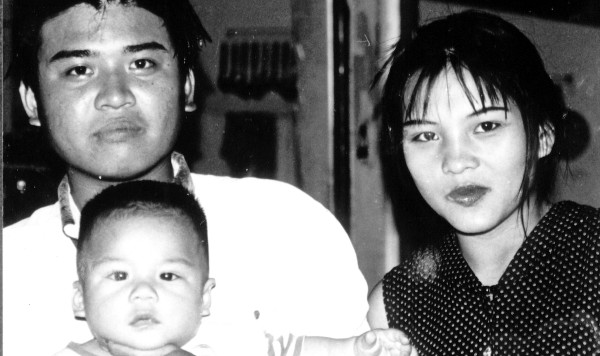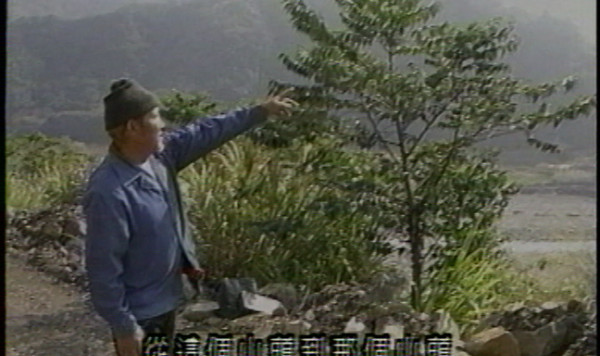毛利族導演貝瑞・巴克禮(Barry BARCLAY)曾於1980年代末首次提出「第四電影」一詞,意指影像中的原住民應由原住民來詮釋,也更強調「內在性」(interiority)作為一種創作精神。回顧台灣紀錄片影史,科技的普及使得紀錄片創作在1990年代爆發,原住民族也在這樣的浪潮下,有了自己拍攝自己的可能。
本單元以1994至2000年為期,爬梳當年在學院學習拍攝,或受新聞記者訓練,或參加地方文史紀錄片培訓營的創作者,挑選他們初試啼聲的作品,試圖探究原住民紀錄片裡的觀點、議題、美學,以及背後論述的形構過程。而這段時期,或許可視為台灣第一波的原住民電影現象,昔日的紀錄,也成為今日社會處境的對照。
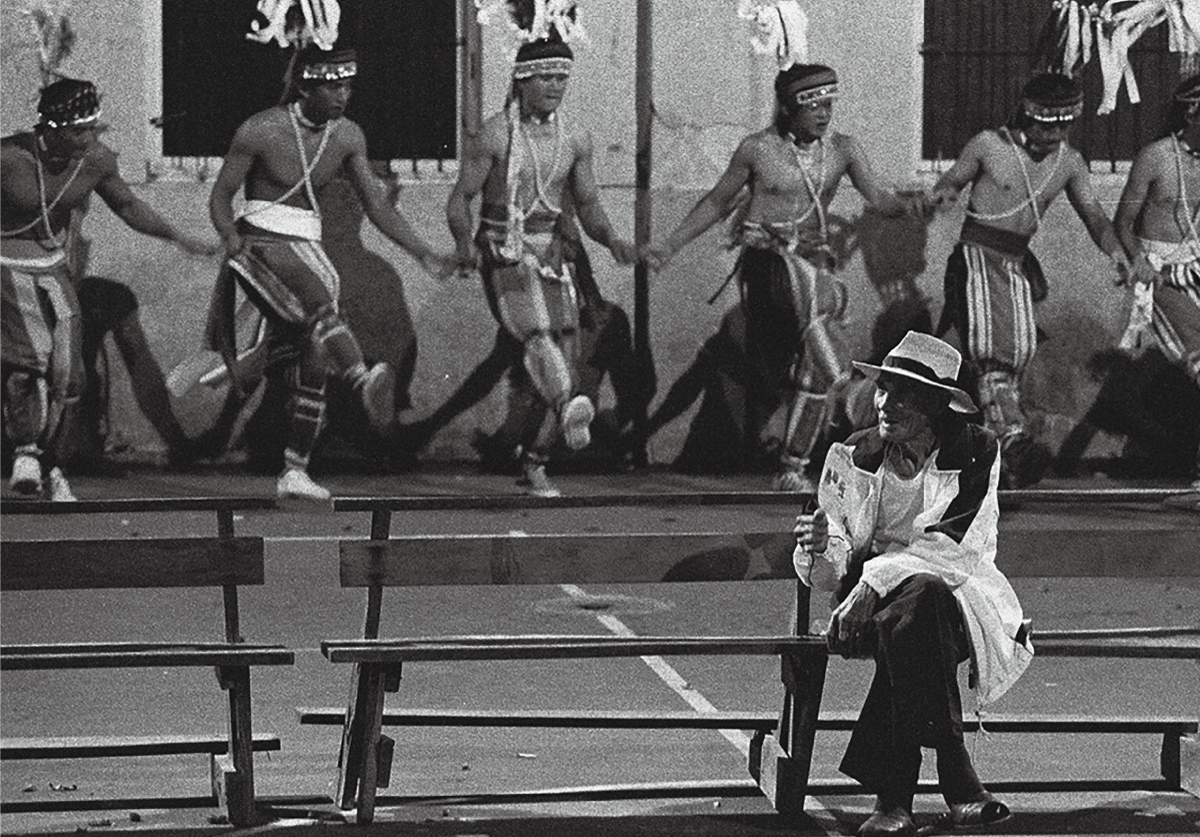
Taiwan Spectrum|Indigenous with a Capital 'I': Indigenous Documentaries from 1994 to 2000
The English title of this programme, Indigenous with a Capital 'I', is indebted to the late Māori director Barry BARCLAY, who first introduced the concept of 'Fourth Cinema' in the 1980s to promote two iconic ideas: Indigenous stories in films should be interpreted by indigenous people; the indigenous 'interiority' should be recognised and highlighted as a creative force. Owing to fast-developing technologies and wider availability of affordable equipment, the 1990s saw an explosion in Taiwanese documentary filmmaking, when indigenous filmmakers picked up their cameras to tell authentic stories of their own communities.
This programme selects 17 films produced between 1994 and 2000 by indigenous filmmakers who studied in film academies, worked as journalists, or attended local training camps on cultural/historical documentary filmmaking. We intend to explore these early productions in terms of their central issues, viewpoints, aesthetics, and formation of discourses. Productions from this era may be regarded as the first wave of indigenous cinema in Taiwan; they preserve invaluable historical records that inform our understanding of Taiwanese society today.

